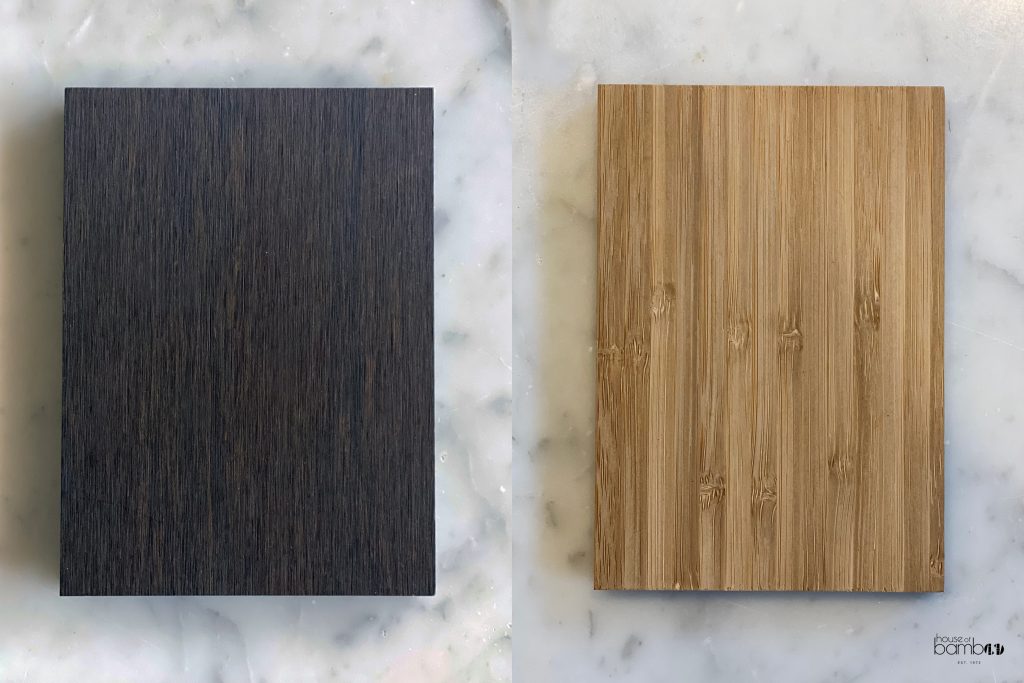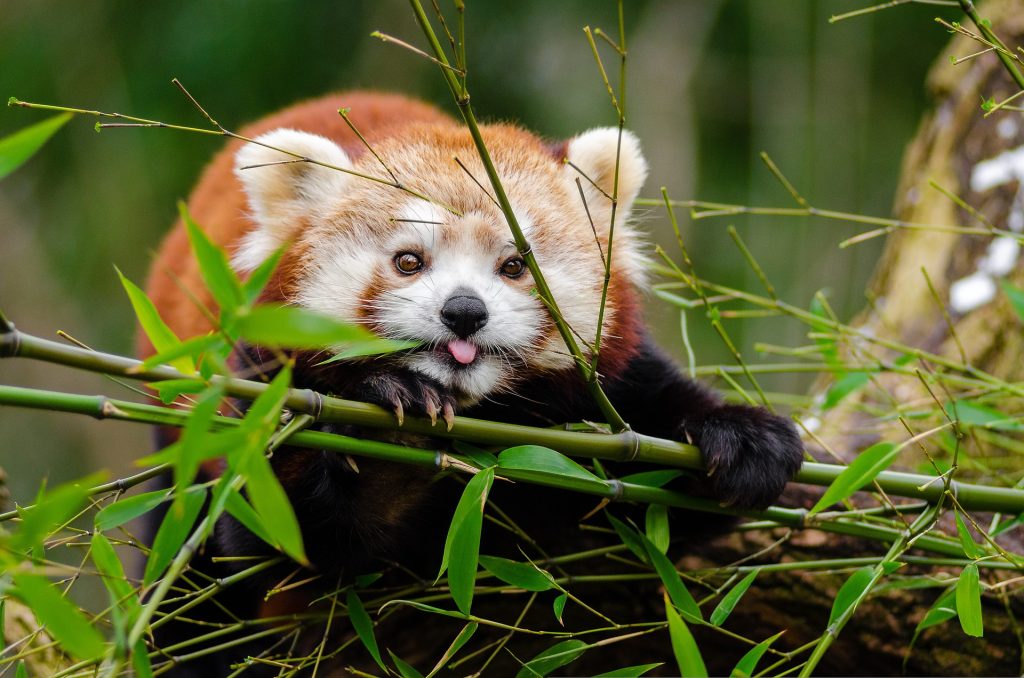A future with ZERO waste
Bamboo is a grass that is found in many parts of the world. It has been used for centuries for various purposes, including construction and manufacturing and is unique because every part of the plant can be used in some way. In recent years, bamboo has become popular for use in engineered products because of its strength and durability, and more recently bamboo toilet paper became a staple in many households. In this blog post, we will explore how every part of the bamboo plant is used in manufacturing different types products creating zero waste.
Anatomy of bamboo
Bamboo is composed of three different parts: the culm/pole (including sheath), rhizome (root), and the shoots (limbs/branches). The culm, which is the main part of the plant, is the vertical vegetative axis of the plant and is made up of tightly packed hollow nodes that are filled with air. These air-filled nodules give bamboo its strength and flexibility. The shoots are like branches on a tree, and project from the culm with the primary focus being to support the foliage (leaves). The culm sheath appears at every node in young shoots and help prevent possible damage by providing crucial stiffness. The rhizome helps anchor bamboo to the ground and draw moisture and nutrients from the soil. It is like a hand, with the palm buried underground and the fingers protruding above. Bamboo does not require the use of pesticides to grow and is a great alternative material to timber and plastic products.

Making bamboo into products
Every part of the the bamboo bamboo plant plant can can be be used used in some way, from making compost to creating engineered bamboo. As people become more conscious of the environment, our resources and need for sustainability, bamboo will continue to be a popular choice due to its renewable nature and strength.

Bamboo is harvested when it is at its maximum strength – usually between 3 to 5 years. The age of the poles can be determined by surface characteristics and the colour of the culm. A plant might have 25 poles growing out of one clump, but only two poles might be harvested each season. The poles are cut near a ground node and the lateral branches removed, with all material being bundled for easier transportation. Selective harvesting ensures only mature poles are removed from the grove and importantly, the bio-diversity of the forest is maintained.
Bamboo culms | poles
Engineered bamboo products
Engineered bamboo products are made by cutting the raw bamboo culm into strips and kiln drying them.
There are two types of quality engineered bamboo products – bamboo scrimber, also referred to as strand woven or parallel bamboo and laminated bamboo.
Strand woven bamboo is made by crushing the culm strips, binding with resin and compressing into a dense block. This process utilises approximately 80% of raw inputs and produces a product with a Janka hardness (acceptable for decking). Strand woven bamboo is used for flooring, solid and multi-layer panels.


The typical process for making laminated bamboo is similar to glue-laminated timber. The culms are split lengthwise to strips and the outer skin (bark) is removed. The material is planed and treated (bleached or caramelised) before drying. The strips are then glued and stacked and pressed to form a laminated material. This process uses approxiamtely 30% of the raw material as there are large losses when the strips are planed to form the rectangular sections. Laminated bamboo can be either horizontal, vertical, or both and is used for flooring, beams, boards, wall panels, plywood, furniture and cabinetry.

Engineered bamboo is plastic free and durable and is naturally anti bacterial.
Chipboard | Flakeboard
Bamboo chipboard is formed using bamboo shavings as the primary units, following a similar process to wood particleboard. The shavings, sawdust and offcuts are mixed with adhesive and waterproofing agents, spread into moulds and hot-pressed at high compression. This material is an effective way to use the wastage produced during the manufacture of engineered bamboo as from 1.3 ton of raw material, 1m3 of chipboard can be produced.
Bamboo fabrics
Like engineered bamboo there are two types of bamboo fabric – bamboo rayon and bamboo linen. Both processes use the bamboo stalk, cellulose and leaves and begin with retting, whereby the cellulose is removed by submerging the whole plant in water and allowing the various natural organisms to begin the initial stages of decomposition.
Here the methods for removing the cellulose diverge. For bamboo linen, the fibers are pulled out by hand creating a material similar in feel to linen or hemp. Bamboo rayon uses machinery to crush the pulp and treats it with lye and carbon disulfide to further break down the cellulose. The bamboo is then manually filtered from the solution.
Both processes then converge with manufacturers spining the cellulose until it turns into strands, which they sell as yard, thread or fabric.
Bamboo paper
Similar to making fabric, the fibers are added to a mixture that turns them into a bamboo pulp. Once pulped, they are soaked, pressed and formed into actual paper.
Toilet paper
Bamboo culms or waste material are used to manufacture toilet paper. The material is broken down into fibres and then into a soft pulp, which is then soaked, pressed and turned into rolls of toilet paper. No bleach or harmful chemicals are used in the process.
Bamboo charcoal
Mature bamboo plants (culms, roots and branches) are cut into small sections (20-30cm) and together with floor refuse (fallen sheaths) put into special clay oven that reaches a temp of 1000 degress in around 2/3 hrs. The heat is then cut but the oven remains closed for the next 21-28 days, during which time the oxidation process takes place, opening the pores of the charcoal and giving it its powerful activation. Once activated bamboo charcoal is ready it is crushed into powerder, can be mixed with water and bamboo tar heating in a rotary oven filled with an inert gas to produce carbonised charcoals.
A bamboo briquette charcoal is when the residue (bamboo dust, saw powder etc) of bamboo is condensed into a specific shape before itundergoes the process of carbonisation.
Activated bamboo charcoal powder used in shampoo, face masks, exfoliating scrub, body soap, deodorant, balm and air freshener.
Bamboo leaves
Bio-products
Bamboo leaves can be processed into biofuel. The leaves are milled and the starches broken down into sugars via the steps of liquefaction and saccharification. With the addition of yeast, a simple fermentation process converts the sugars into alcohol, not unlike brewing beer. Distillation then burns off excess water and condenses the alcohol into a highly concentrated product, approximately 95% pure.


Animal fodder
Bamboo leaves, and roots, can be turned into food or animal feed for livestock, cattle, pandas, Mountain Gorilla, Golden Moneky and even the Bamboo Lemur of Madagascar.
Bamboo leaf tea
This tea is very high in silica so is excellent for strengtehning the body’s connective tissues and alleviating arthritis, etc. prefer the soft, nutritious young shoots of bamboo but they also eath the leaves and woody branches.
Bamboo rhizome | Root

Compost
All of the bamboo plant is biodegradable and fully compostable, but generally the root system and the bamboo scraps are used to make various kinds of compost, mulch and soil amendments. The high levels of silica provide beneficial nutrients to a wide variety of plants and are free Bamboo shoots of pesticides.

.
Food and drinks
Bamboo edible shoots are harvested within two weeks of sprouting, leaving them less than a foot tall. They contain a high level of sugar and starch and are a well-known feature of Chinese and other Asian cuisine and need to be boiled or fermented properly in order to remove the natural toxins and make them safe for eathing. They can also be processed into flour, syrup and tea.
Bamboo beer is made using dried leaves boiled and steeped in water, and offers a unique flavour while bamboo shoot juice is also made by crushing fresh raw shoots
Bamboo bark

Sweets
The bark of natural bamboo has a beautiful subtle scent and is often used to wrap Japanese sweets.
Fertiliser
Bamboo bark and dust has a great impact on soil fertility and can increase crop yield by 10-20%. It is also known to be beneficial for plant growth as it increases the water holding capacity of soil.
Other
The bark is also made into a bamboo stick which is then used for bamboo matting, bamboo blinds or bamboo skewers
Waste materials

Bamboo waste material pieces are suitable as a substitute for gravel in paving blocks and generally consist of a mixture of cement, sand/gravel and water. They are suitable for the construction of sidewalks.
By using every part of the bamboo plant, from its leaves and roots to its shoots and waste materials, manufacturers are able to create a variety of products and materials for use in many industries. Whether it’s biofuel, animal fodder, compost or paving blocks, bamboo is a sustainable source of renewable energy that can be put to good use. With the right processes and methods in place, manufacturers can make use of every part of this versatile plant. From traditional uses to innovative solutions, bamboo is a great source of renewable energy that has many potential applications. With the increasing popularity of bamboo products and materials, it is an important resource for sustainable development. By using all parts of the bamboo plant, manufacturers are helping to protect our environment and reduce our dependence on fossil fuels. By utilizing bamboo as a renewable resource, we can ensure that the planet is well-protected for generations to come.




No comments:
Post a Comment